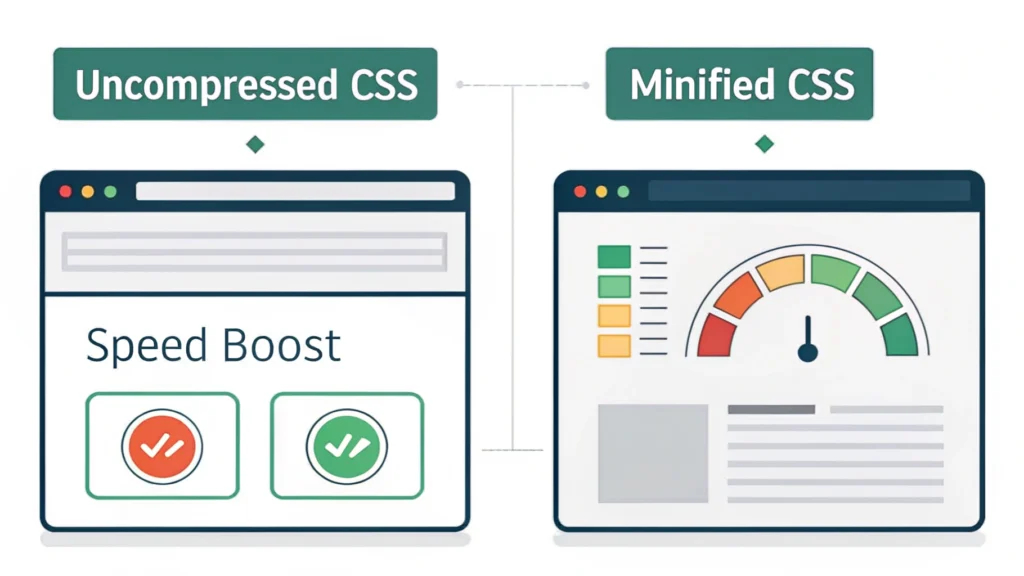Introduction to the Event Loop
The Event Loop is a crucial concept in JavaScript that enables the execution of asynchronous operations. Understanding the Event Loop is key for developers who want to build efficient web applications. This blog post will explain the Event Loop in simple terms, making it easier for you to grasp its functionality and importance.
What is the Event Loop?
At its core, the Event Loop is a mechanism that allows JavaScript to perform non-blocking operations despite being single-threaded. This means that even when tasks are waiting for responses (like fetching data from an API), JavaScript can continue executing other code. The Event Loop continuously checks for messages in the queue and processes them accordingly.
How JavaScript Handles Asynchronous Operations
To understand the Event Loop, we first need to explore how JavaScript handles asynchronous operations. Here’s a step-by-step breakdown:
- Call Stack: JavaScript uses a call stack to keep track of function calls. When a function is invoked, it is pushed onto the stack. Once it completes execution, it is popped off the stack.
- Callback Queue: When an asynchronous operation completes, its callback function is placed in the callback queue, waiting to be executed.
- Event Loop: The Event Loop checks if the call stack is empty. If it is, it dequeues the first callback from the callback queue and pushes it onto the stack for execution.
Visualizing the Event Loop
To visualize how the Event Loop works, consider the following code snippet:
console.log('Start');
setTimeout(() => {
console.log('Timeout 1');
}, 1000);
Promise.resolve().then(() => {
console.log('Promise 1');
});
console.log('End');
When you run this code, you will see the output:
Start
End
Promise 1
Timeout 1
This example demonstrates how the Event Loop prioritizes the execution of synchronous code (like console logs) over asynchronous operations (like setTimeout and Promise).
Understanding the Components of the Event Loop
Let’s break down some key components that play a role in the Event Loop:
- Web APIs: These are built-in browser APIs that handle asynchronous tasks, like fetching data or timers.
- Callback Queue: This is where callback functions are queued up to be processed once the call stack is empty.
- Microtask Queue: A special queue for promises that have resolved. This queue is prioritized over the callback queue.
Example of Callbacks and Promises
Here’s a simple example to highlight the difference between callbacks and promises:
console.log('Start');
setTimeout(() => {
console.log('Timeout');
}, 0);
Promise.resolve().then(() => {
console.log('Promise');
});
console.log('End');
The output will be:
Start
End
Promise
Timeout
This illustrates that promises are resolved before the timeout callback is executed.
Common Misconceptions
There are several misconceptions about the Event Loop that can lead to confusion:
- JavaScript is not multi-threaded, but it can handle asynchronous operations.
- Asynchronous operations do not run in parallel; they are placed in queues.
- The Event Loop does not execute asynchronous code; it manages the order in which they are executed.
FAQs
What happens when the call stack is empty?
When the call stack is empty, the Event Loop checks the callback queue and processes the next queued callback.
Can I block the Event Loop?
Yes, long-running synchronous code can block the Event Loop, preventing asynchronous code from executing.
How do I improve performance in my asynchronous JavaScript code?
You can improve performance by minimizing blocking code, using promises effectively, and leveraging async/await syntax for cleaner code.
Conclusion
Understanding the Event Loop is fundamental for developing efficient web applications. By grasping how JavaScript handles asynchronous operations, you can write better code that enhances user experience. For additional tools to help with your development projects, check out our WebToolsLab (All Tools), where you can find resources like the JS Minifier and JSON Formatter. Happy coding!
